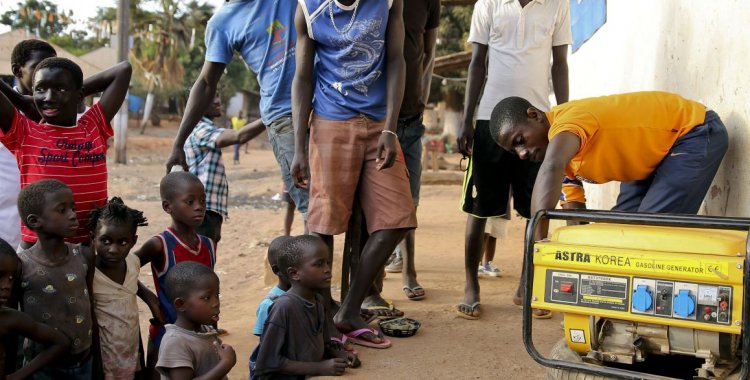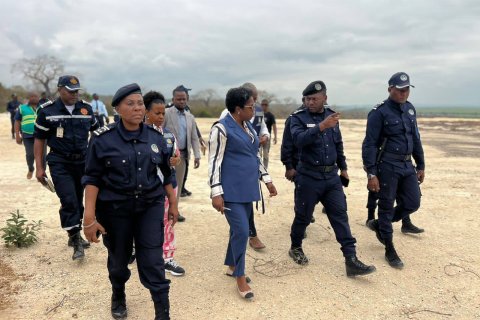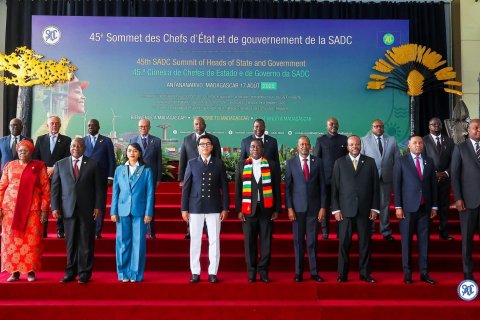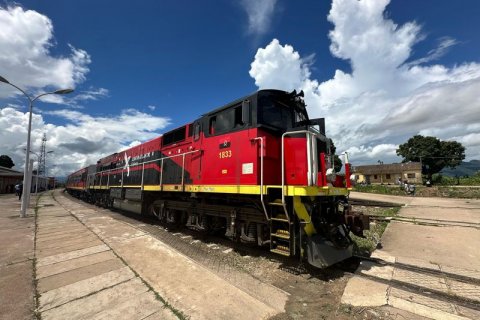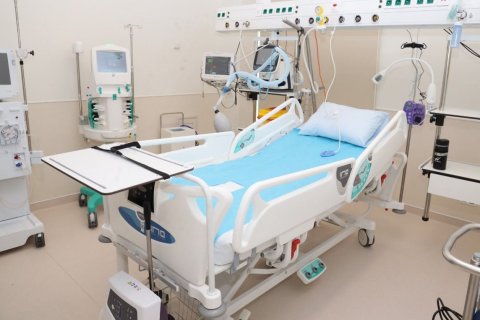The document prepared by the Lusophone Association of Renewable Energy (ALER) presents an overview of renewable energies in Angola, which aims to reach an electrification rate of 50 percent by 2025 and which forecasts a growth in demand that should reach 7.2 gigawatts. .
The current situation is characterized by a low level of electrification, as just over 42 percent of Angolans have access to electricity, of which 37.8 percent are connected to the national electricity grid. The provinces in the interior of the country have the lowest levels of access rates, such as Bié, Cunene and Lunda Norte, which are around 10 percent, while in Luanda the access rate is 66 percent and in Cabinda de 52 percent.
In 2021, the total installed capacity for electricity production was 5.9 gigawatts, split between 63 percent hydro and 37 percent thermal, in a market dominated by Prodel (Empresa Pública de Produção de Electricidade de Angola), where there are 66 power stations. , where 63 are public, one corresponds to a public-private partnership and two are private.
According to the study presented at the international conference on renewable energy in Angola, organized by ALER in partnership with the Angolan Renewable Energy Association (Asaer), the Government's objective is that by 2025 at least 7.5 percent of the electricity generated in the country will come from of renewable energy sources, excluding large hydro, with a total planned power of 800 megawatts.
Oil and biomass are the main primary energy sources in Angola, with emphasis on the preponderance of biomass in households in rural areas, which represent 37 percent of the total population.
Even so, as Isabel Cancela de Abreu, executive director of ALER, pointed out, in comparison with other African countries, Angola is one of the ones that least uses this type of energy for cooking (essentially firewood).
The residential sector represents most of the energy consumption, followed by transport, while industrial consumption is still low.
The same official listed some difficulties in the sector such as the high level of losses and the difficulties of ENDE (National Energy Distribution Company) in making the collections, leading to the accumulation of debts and posing problems of financial sustainability, resulting from the loss-making operation.
"There was an increase in tariffs, but they still do not cover the costs", indicated Isabel Cancela de Abreu, suggesting the need for some "non-linear increases".
The report indicates that Angola currently has one of the lowest electricity tariffs in sub-Saharan Africa, advocating progressive increases "for the sake of the sector's sustainability", although this is an unpopular measure, as well as increasing the efficiency of the companies responsible for production, transport and distribution of electricity, so that the real cost per kilowatt hour is reduced.
"It is important to demystify the concept that consumers do not have the capacity to pay the real costs of supplying electricity", says the study, indicating that payment tiers must be guaranteed, according to the vulnerability of consumers.
On the other hand, the unsustainability of the public electricity sector "creates a market distortion that makes renewable solutions not appear to be as competitive as they already are", adds the report.

